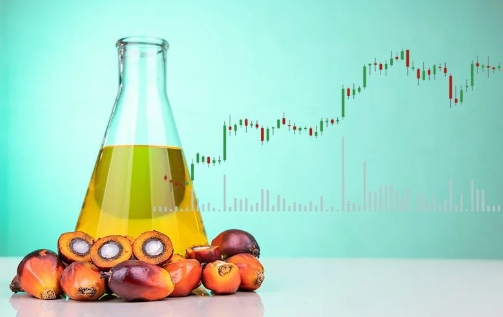Wedoany.com Report-Apr. 11, On Thursday, palm oil futures in Malaysia surged, recovering from the previous session’s decline, driven by gains in competing edible oils. Data released by the Malaysian Palm Oil Board (MPOB) also indicated an increase in March inventories, providing further context for market trends.
The benchmark June palm oil contract on the Bursa Malaysia Derivatives Exchange rose by 65 ringgit, a 1.57% increase, reaching 4,213 ringgit ($941.87) per metric ton by midday. A trader based in Kuala Lumpur commented: “The futures react to rival oils’ rise,” noting that upcoming export data could guide future market directions.
According to MPOB, Malaysia’s palm oil stocks at the end of March grew by 3.52% compared to February, totaling 1.56 million metric tons. This aligned with a survey that estimated inventories at 1.56 million tons, with production projected at 1.31 million tons and exports at 1.02 million tons. The rise in stocks reflects steady output and trade activity, supporting market stability.
In related markets, the most-active soyoil contract on China’s Dalian Commodity Exchange increased by 0.74%, while its palm oil contract climbed 1.39%. Soyoil prices on the Chicago Board of Trade also advanced by 0.61%. As palm oil competes in the global vegetable oils market, its prices often mirror movements in rival oils, reinforcing Thursday’s upward trend.
Global economic factors also influenced the market. A stronger ringgit, Malaysia’s trading currency, appreciated by 0.47% against the U.S. dollar, raising costs for buyers using foreign currencies. Meanwhile, softer crude oil prices reduced palm oil’s appeal as a biodiesel feedstock, as lower petroleum prices affect the economics of biofuel production. These dynamics highlight the interconnected nature of global commodity markets.
The interplay of rising inventories, stronger rival oils, and currency shifts shaped the day’s palm oil market performance. Malaysia’s palm oil sector continues to navigate these factors, maintaining its role in meeting global vegetable oil demand.

















